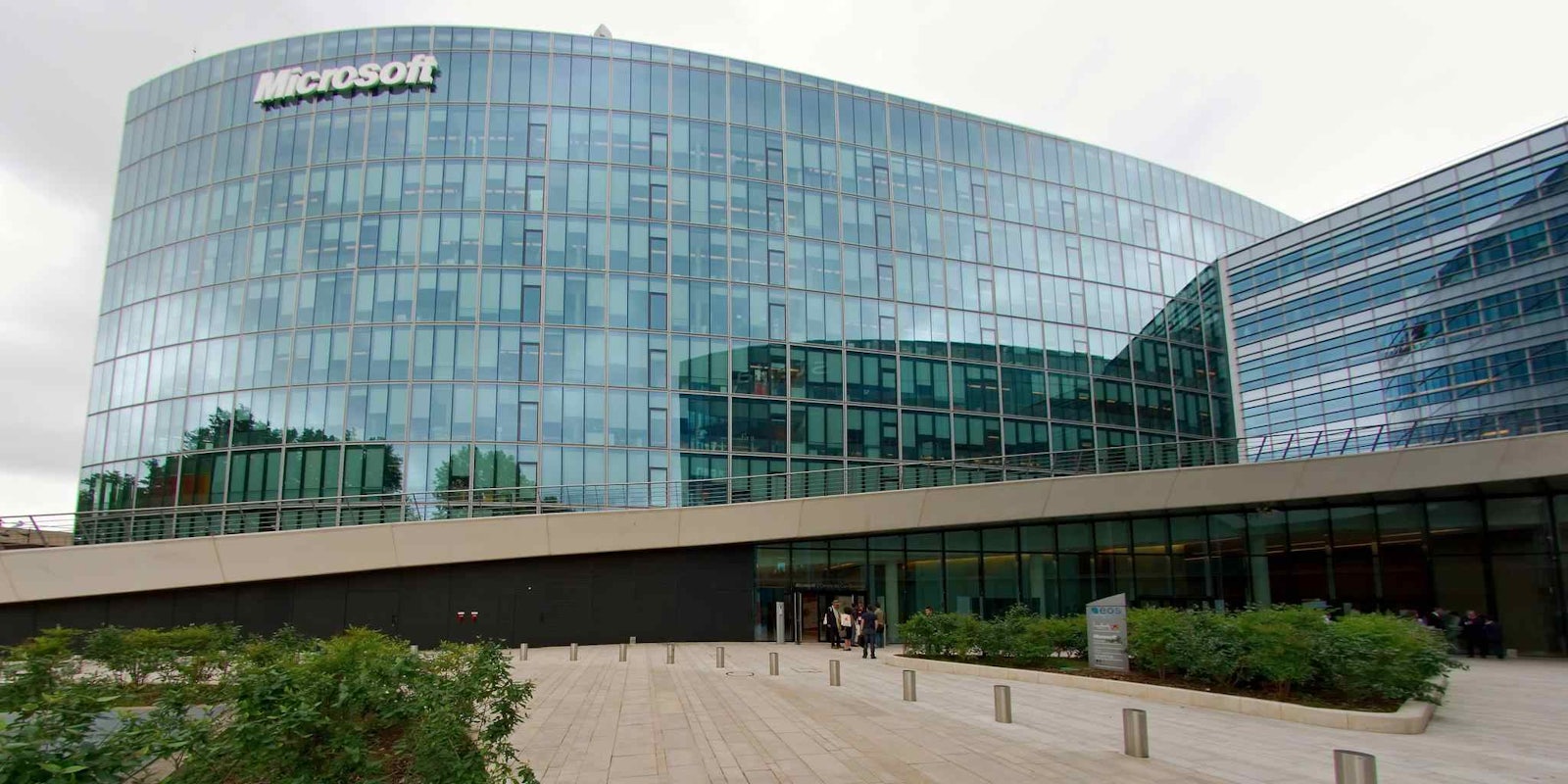Even when it looks like the ship is sinking, the bottom line is all that counts. In Microsoft’s case, a round of layoffs big enough to go down in history might clear-cut a path to a brighter future for the tech giant.
On its earnings call for the fourth fiscal quarter of 2014, Microsoft kept its chin high as investors congratulated the company on a “great quarter”—a remarkable contrast with the public perception that layoffs signal a major crisis for the corporation. Microsoft’s results this quarter displayed strong growth for the corporation’s cloud enterprise products, an umbrella that includes Office 365 productivity software as well as Azure, its cloud hosting platform. Hardware—namely the expensive Nokia buy—continues to bog profits down.
Microsoft CEO Satya Nadella took the opportunity to lay out his vision for the company, which will revolve around its suite of cloud-connected products and services. No surprise, given Nadella’s deep history with Microsoft’s cloud platform and cloud services divisions.
According to Nadella, the cloud—not individual smartphones or tablets—will be Microsoft’s core moving forward.
“Mobility for us even goes beyond devices,” he said. “We want to think about mobility, not just one form factor of a mobile device, because that’s where the prize is.”
Nadella also made mention of leveraging its cloud-connected software to harmonize “digital work and life scenarios that we can light up on our phone in unique ways.”
After announcing that it would roll out massive cuts to its workforce over the course of coming months, Microsoft is clearly ready to consolidate and start fresh. By many accounts, layoffs at the bloated company were long overdue. And, as acquisitions are wont to do, Microsoft’s recent acquisition of Nokia’s mobile device division created a large swath of internal redundancies.
As employees wait for the other shoe to drop, the near future might be grim, but Nadella’s vision seems clear and its financial growth in the cloud is already pointing up.
Photo via zigazou76/Flickr (CC BY 2.0)


